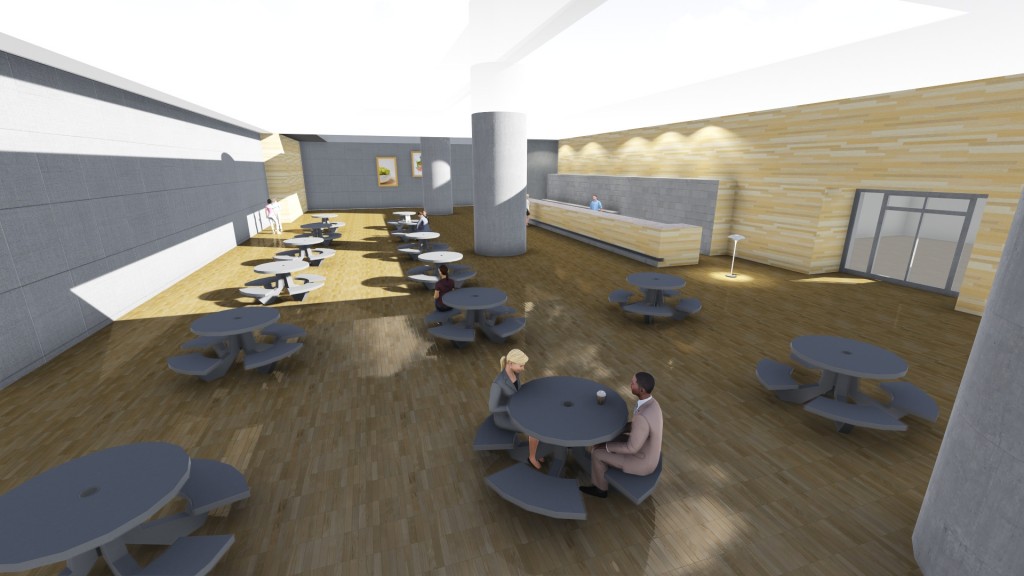The Third Deliverable in 3D Visualization
As I meet with clients I am sometimes asked the question- ‘What are your deliverables?’ In their world, that is the commodity bought and sold and, typically, deliverables consist of plan sets or reports, at least in the world of civil engineering and construction that I live in.
While I could give many answers including 3D models, Building Information Modeling (BIM), Virtual Design and Construction (VDC) or even 3D printed physical models, I only tell them two words:
Pictures.
Videos.
This is a deliberate choice I decided when I knew I was going to make Civil FX Studios my full-time career. If I spent additional time worrying about how many other pots I could get my hands into it would only take away from what I am most passionate about- 3D visualization. This focus will allow me to hone my craft far beyond what I could otherwise. It will eventually help me propel past my competition and become an industry leader.
But actually, there is a 3rd deliverable. I almost always mention it, even though sometimes I don’t specifically call it a deliverable.
The 3rd deliverable is experience.
Project managers have often become accustomed to throwing their CAD files into a black box known as the 3D visualization studio and then getting back a video file a few weeks or months later, crossing their fingers that it was at least close. They are left somewhat unfulfilled and completely oblivious to the process that actually occurred to get from CAD to video.
That’s not how I work. I involve the client in the process. After the initial assessment I explain the complete workflow I plan on using to create the best possible product. I don’t hide anything. I tell them the challenges, limitations and opportunities that this particular workflow will present.
As I progress the model and animation I give them updates, often unsolicited. These are sometimes in the form of in-person meetings but they can also be video chats, phone calls or draft renders. I always try to work in real-time navigation of models (rather than a rendered video) using usually Lumion, Sketchup or InfraWorks. This gives additional peace of mind that their money is being well spent.
No matter the role you are in, you should additionally focus on experience. While there is a temptation to just go into the black box and come out for air when you are finished so the client is absolutely surprised and blown away by the final product, this produces a lot of unnecessary anxiety.
Deliverables from a Project Managers Perspective
If you are a project manager, encourage those you work with to show you not only progress but explain how they are getting there.
Some will be hesitant to tell you their workflow for fear that you will take it and do it yourself. Maybe this is grounded in a real risk and sometimes we can’t share absolutely everything.
But if you are working with someone and they are extremely hesitant to tell you how they are using your money- should you really be working with that person?



Craig,My comment was not dieectrd towards the checklist itself, but the comment you made about using the checklist with an RFP process. I believe that your checklist can be used effectively to help evaluate a usability vendor, whether or not an RFP process is used. Usability vendors are getting inundated with RFPs that are spammed to dozens of other vendors before any kind of effort is made to qualify them. For this reason, there is a growing trend of not responding to such RFPs, since the likelihood of actually getting the work is minimal and you have better odds at getting business from real qualified leads.Again, I’d argue that responding to an unsolicited RFP is a sure way to NOT get business and waste your time. If a relationship doesne2€™t exist between a prospective client and a vendor before an RFP, there wone2€™t be one afterward. My suggestion for companies seeking usability vendors is to pick up the phone and make contact prior to sending them an RFP. They need to qualify a few vendors over the phone (using your checklist would be a good start) and then consider whether or not an RFP is even necessary to send to them. This is a much better way to start a business relationship while ensuring the best vendor and solution is chosen.